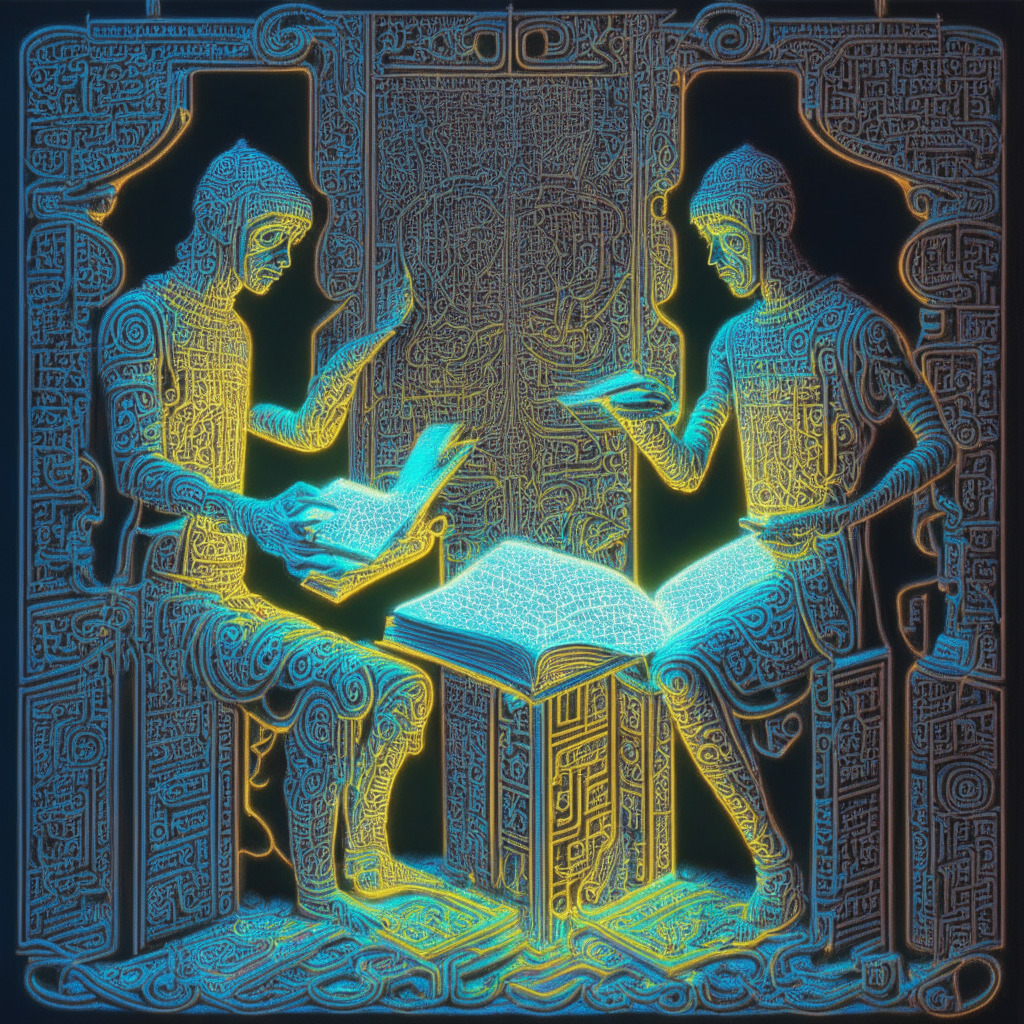In the realm of programming, the process of executing code calls on two primary methods: compilation and interpretation. These methods rely crucially on compilers and interpreters, without which it would be impossible for computers to understand and execute high-level programming languages.
Though compilers and interpreters share the common goal of translating a high-level language into machine-readable code, the ways they go about accomplishing this task, as well as their impacts on program performance, are greatly divergent. An insight into their distinct features and functions reveals that a compiler translates the entire source code of a high-level language into machine code before running it, thereby creating a standalone executable file. This file, processed by the operating system, facilitates faster running of the software, albeit at the cost of a potentially extended initial compilation procedure.
On the flip side, interpreters act by running source code line-by-line, directly translating each line into machine-readable code or intermediate code right before execution, rather than converting the entire program all at once. This process facilitates earlier development feedbacks as modifications can be tested swiftly without recompilation. However, this advantage is counterbalanced by the potential cost associated with the interpretation process—invariably, interpreted programs run slower than compiled ones.
In parallel with the line-by-line execution of source code, the notion of program portability comes to the forefront. Matched to specific operating systems and hardware architecture, compiled programs tend to be less portable, which hints towards an inability to function on different platforms without prior modifications or recompilation. The actions of interpreters, which directly execute source code instead of developing machine code files, are in contrast inherently platform-neutral, making their programs more portable and adaptable.
Another difference lies in error detection methods employed in compilation and interpretation. A compiler scans the entirety of source code, picking out different errors—be it logical flaws, syntax errors, or type issues—before creating machine code. In turn, it provides an error list which aids developers in addressing the flagged issues. An interpreter, by contrast, stops functioning at the immediate detection of error and reports only the first snag, leaving possible other flaws concealed until the primary error is rectified, and the code rerun.
In essence, both compiler and interpreter have unique strengths and potential shortcomings. They are tools, vital for the translation of high-level language to machine-readable code, employed differently according to the contexts and requirements of the software development process.
Source: Cointelegraph




